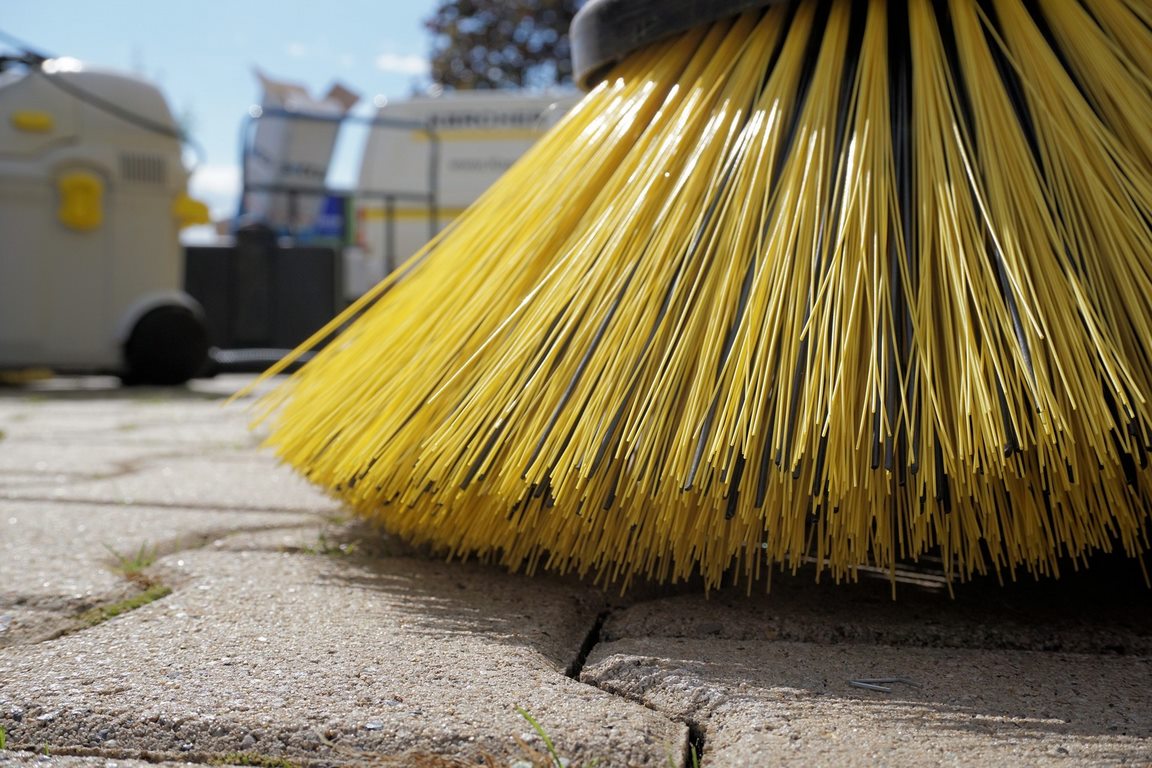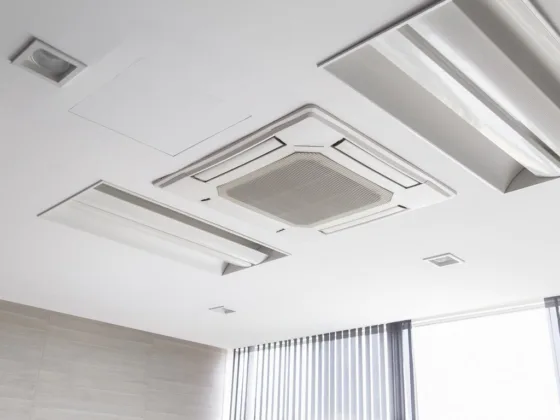Every homeowner must understand pest management.

The reality with pest control is that you cannot succeed without an effective plan. If your method wasn’t practical, you might get rid of pests today only to find so many of them in your home tomorrow.
So, what pest control strategies should you apply as a homeowner? This article will examine the various pest control strategies one can adopt to keep their home pest free. By the end, you should understand the strategy you should include in your integrated pest management plan. Here’s what you should do to keep pests out of your home.
1. Seal All Potential Entry Points
Pests cannot hesitate to enter your home if there are entry points. Thus, you must seal every potential entry point to protect your space from pests. But sealing entry points isn’t easy because pests are small and can slip through the tiniest cracks on your walls and doors.
The first step should be to examine your home for any cracks and gaps. Repair the cracks and replace torn window screens and doors. Also, check your roof and chimney for any holes and repair them. Lastly, check your weather stripping to ensure it’s in good condition or needs repair.
2. Learn to Identify Common Pests
Accurate pest identification can be a daunting task for the inexperienced. But you can identify them accurately if you get the proper training and move from beginner to expert. You can learn about the common pests in your area that could potentially get into your home before you start.
As you learn pest control, you’ll note that pests vary from location to location. This is because the conditions in different locations favor specific types of pests. A variety of pests might survive in one area and fail to stay in another place which makes it vital to be accurate in identification.
Read Also:
3. Always Monitor the Situation
You also should always monitor your home for any pests. Using these methods to keep pests away from your home shouldn’t be a one-time thing. It would be best to consider having a regular pest control plan. This means you monitor your home at least once a week or monthly.
You can hire someone to monitor the situation on your behalf. Some companies focus on providing pest control solutions. They can help monitor your situation and ensure your home stays pest-free if you are busy. This can be a long-term solution if you don’t mind spending.
4. Reduce Moisture
Moisture can also attract pests into your home. You can prevent pest infestation by keeping things as dry as possible. One way to do this is by keeping your home ventilated always. It will help ensure wet surfaces dry up quickly so that pests don’t have a conducive environment.
There are various places where moisture can build up if you aren’t careful. For instance, you should ensure your carpets aren’t exposed to any moisture. Also, make sure items like pipes, faucets, and gutters are working well. Then remove items that might collect water and moisture.
5. Use Natural Repellents
It isn’t a good idea to always rely on insecticides and pesticides. Using natural repellents can be an excellent idea. It will help to consider other ways of getting rid of pests. There are plants like spearmint, rosemary, basil, lemongrass, pitcher plants, venus flytrap, and many more that act as a natural repellents.
But you will need to know the types of pests each plant can help control. Some will help you control ants, fleas, weevils, roaches, etc. All you should do is plant them within your compound. This will help reduce the potential impacts of using pest control chemicals within your space.
6. Ensure Cleanliness
Keeping your home clean will also be an excellent way of making it pest repellent.
A dirty home attracts pests, so why not make it unattractive by cleaning every space? Ensuring you sweep and clean all surfaces regularly will make them less hospitable for these unwanted guests.
Ensure you invest in proper storage to keep your home safe from pests. You can use plastic or glass containers and ensure they are sealable. That will prevent pests from getting through into these spaces. Also, maintain your grass by keeping it always mowed to control pests.
7. Eliminate Food Sources
How do you dispose of food remains in your home? If you don’t do it correctly, pest control might turn out to be a daunting task. Food remains can attract different kinds of pests if scattered throughout your home. This also happens if you don’t invest in proper food storage options.
If any food remains, consider disposing of them away from your home. You should pay special attention to your kitchen, where food might drop on the floor and other surfaces. It will also help to invest in the plastic and glass storage containers we mentioned earlier in this post.
8. Set Thresholds For Pest Control
Another excellent idea is to set thresholds for pest control. It is worth noting that pests aren’t all that bad. But too many pets can be bad, so you need to control them. But this starts by determining your as well as your home pest tolerance and then setting pest control thresholds.
This will help ensure you don’t get rid of pests that might benefit your environment. You should control their numbers and ensure you can tolerate them. Working with a pest control expert will help you do this almost effortlessly, so you should consider hiring someone to help you do it.
Start Developing a Pest Control Plan For Your Home Today
An integrated pest management plan is essential for every homeowner. You cannot keep your home pest-free if you don’t have such a critical plan. Also, you might find it expensive or have many risks that might affect you, your pets, and the environment around your home.
This article has all the details you need about pest control. It has discussed the best techniques to use if you want to eliminate pests in your space. You can start implementing these techniques because they are mainly DIY pest control strategies that anyone can implement without issues.










